How To Create A Company Profile On Domain_6
Imagine that every time you wanted to visit Google, you had to type its IP address into your browser instead of its domain name. It would be a lot more difficult to remember and type out 209.85.231.104 than Google.com. Same with 128.242.245.116 for Twitter.com and 208.80.152.2 for Wikipedia.com. Seriously, if I asked you to close your eyes and repeat back one of those IP addresses, you probably couldn't — but I bet you could repeat back every domain name. That's the beauty of domain names — they're a simpler alternative for remembering and identifying websites, acting like a home address for websites on the internet. They tell visitors where different sites live so they can easily find and return to them. To get visitors on your site and keep them coming back, you need a domain name that's unique, short, and easy to memorize and spell. Thankfully, you don't have to leave this up to chance. Instead, you can purchase and register a custom domain for your site. In this post, we'll discuss what a custom domain is, how to get one, and how much they cost. Let's get started. A custom domain is a unique branded label that's connected to the IP address of a website. To visit a particular site, you can type its custom domain name into the address bar of your browser. HubSpot's custom domain, for example, is hubspot.com. Domain name registration is required for proprietary reasons — it gives you ownership over your website's address so that no one else can claim it, and it simplifies how internet users find your site. But purchasing and registering a custom domain name has additional benefits, including: For these reasons, it's important to use a custom domain name from the beginning. If you start on a free website builder like Weebly, WordPress.com, or Webnode, for example, then you'll be assigned a subdomain — meaning, your URL might look like example.weebly.com. If you decide to upgrade to a paid plan later, you can purchase a custom domain, but your domain authority will basically reset to zero. When deciding on a custom domain name for your business, make sure it's short, unique, and easy to pronounce and spell. It should also give visitors an idea of what your business is about. Take Google for example. While this popular search engine was almost named Alphabet or BackRub, cofounders Larry Page and Sergey Brin ultimately decided on Google. It derives from the word "googol," an enormous number that mirrors the numerous web pages indexed by the search engine. Now that you understand the benefits of having one, let's look at how much it costs to acquire and register a custom domain. The cost of a domain name varies, depending on the domain registrar you're buying it from and the domain extension you want. Typically, a .com domain name — which is the most popular extension — costs $10 to $15 per year. Virtually all website building platforms, from hosted website builders to self-hosted CMS platforms to everything in between, include domain name registration in their sign-up process. Some hosted platforms like Squarespace, as well as hosting providers like Bluehost, include a free year of domain registration when you sign up, which appeals to new site owners who want to keep their costs low. Just make sure you check the renewal fees so you're not unknowingly committing to an expensive annual rate. Other hosted platforms like CMS Hub and providers like SiteGround require you to purchase a domain from a third-party domain registrar like GoDaddy or Namecheap and then connect it to your account. This is a relatively inexpensive and painless process as well. Generally, registering and renewing a custom domain costs between $10 and $15 per year. For example, you can see GoDaddy's pricing for different extensions below. Image Source Now that we understand how the pricing of a custom domain name varies, let's walk through the process of getting one. The details of each step may vary according to the platform you're building your site on and the domain registrar you're purchasing from. Below, we'll walk through the steps of purchasing a domain from Domain.com and connecting it to HubSpot. That way, you can host all your landing pages, blogs, and website pages on HubSpot and start building search authority. When choosing a domain registrar, evaluating the pricing, available domain names, privacy, reputation, and expiration fees of each can help narrow your selection. Domain.com, for example, offers domain registration for as low as $2.99 annually and most .com domains for $9.99 annually. This makes it one of the most cost-effective options. Other best domain registrars include Namecheap, GoDaddy, Name.com, and BlueHost. Once you've chosen your domain registrar, search to see if your desired domain name is available. If it is, you can add it to your cart and skip to step 4. If it's taken, then move on to the next step. For the sake of this demo, let's say I want to build a lifestyle blog with the domain name afitzgerald.com. After a search, I see it's already registered, so I'll have to keep looking. If your desired name is taken, you have several options. You could try to buy the domain name from the current owner. Since this can cost hundreds (or even millions) of dollars, consider trying another approach. If ".com" is taken, consider other well-known extensions like .net or .org. Or, you might start over and try different variations with .com. Say I didn't like any of the alternatives listed below. Then I might try "andreafitzgerald.com" or "fitzgeralda.com" and so on. Once you've decided on a name and begin to check out, it's a good idea to add domain privacy and protection. Without it, your personal information (including your name, address, phone number, and email) will be listed in the public WHOIS database for anyone to view. This information is required by the Internet Corporation for Assigned Names and Numbers (ICANN), which oversees and approves domain registrars. With domain privacy and protection, your personal information will not be listed in the public database, which helps to prevent threats and attacks on your website. In addition to your main custom domain, consider purchasing misspellings, relevant extensions, and other alternatives of your domain name. This can help you retain traffic intended for your site in case users enter the wrong address in their browser. For example, I might purchase andreaefitzgerald.com as well as andreaefitzgerald.blog in case people type my name and "blog" into Google and click on the latter URL. Once you've added your custom domain, desired alternatives, and domain privacy and protection to your cart, select how long you want to register your domain. You might set it for one year to pay the least amount upfront. You can always renew for a longer term later. Or, you might set it up for multiple years to avoid worrying about the renewal process for a while. Some registrars offer a discount for multi-year terms as well, making this option more appealing to those with tighter budgets. During the checkout process, most domain registrars will offer a selection of add-ons, from email to hosting to SSL certification. Your website building platform will likely include most of these features in its hosting plans — except for email. For example, with CMS Hub, you'll get hosting, SSL certification, website building and design tools, and built-in security features. But, you'll want to purchase a professional email address that matches your domain. This can help ensure your customers read your marketing emails instead of sending them straight to spam. You can connect your email sending domain to HubSpot or whatever platform you're using later as you're setting up your site. Once you've added everything you need to your cart, you're ready to proceed to billing. You'll just need to fill in your payment and billing information to officially own your domain name. With the custom domain officially registered in your name, all that's left to do is connect it to your hosting account or website platform. Say you've decided to build your website on CMS Hub. You can connect a domain to HubSpot in a few easy steps right from your dashboard. Purchasing and registering a domain name is an essential step in creating a website. A custom domain name can not only build trust with your audience — it can also strengthen your brand and drive traffic to your site. The process is easy with the right platform. Look for one that offers the documentation and support you need to purchase and connect a domain with ease. This post was originally published in April 2020 and has been updated for comprehensiveness. 
What is a custom domain?
How much is a custom domain?
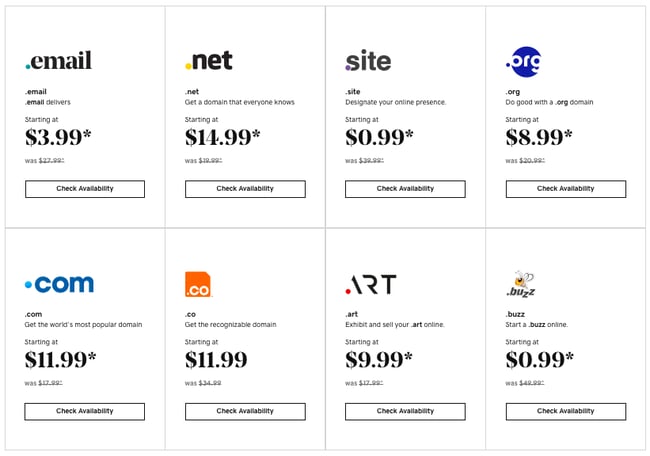
How to Get a Custom Domain
1. Pick your domain registrar.
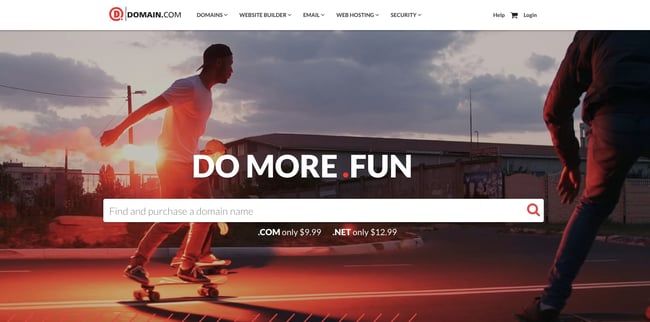
2. Search your desired name.

3. If that name is taken, try different variations and domain extensions.
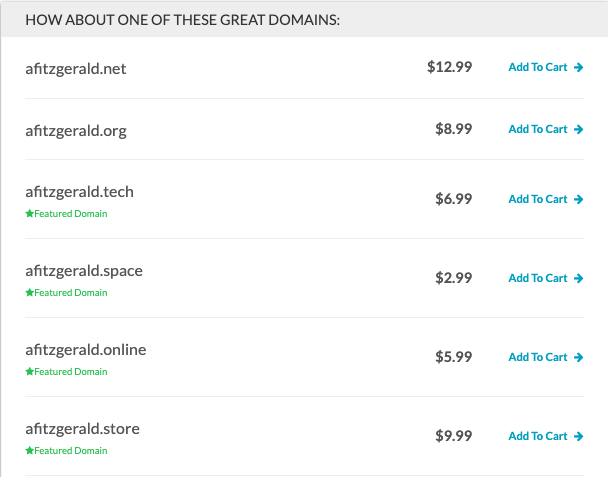
4. Add domain privacy and protection to your cart.

5. Purchase alternatives of your custom domain.

6. Select your term of registration.
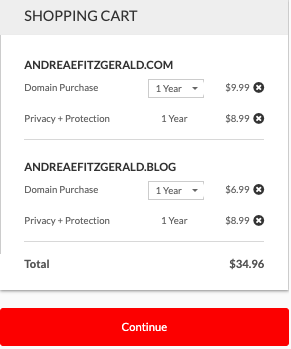
7. Buy an email domain and other add-ons.
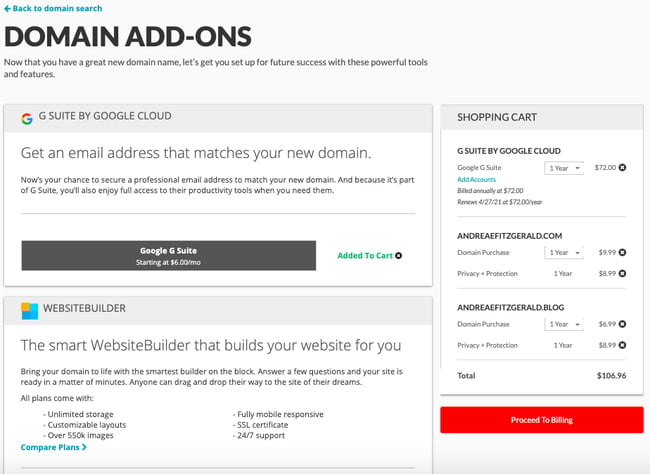
8. Enter your payment information.
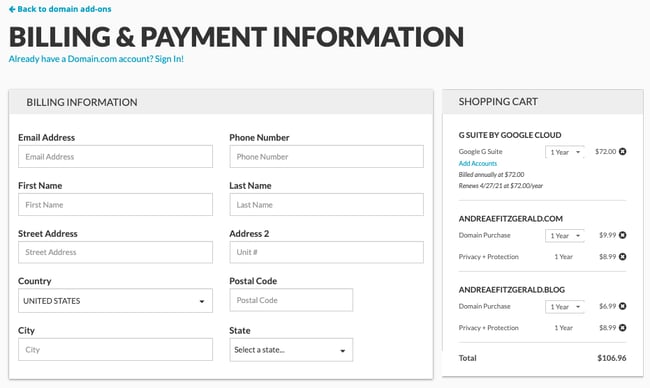
9. Connect your domain to your hosting account.

Reinforcing Your Brand Identity


Originally published Oct 4, 2021 7:00:00 AM, updated October 04 2021
How To Create A Company Profile On Domain_6
Source: https://blog.hubspot.com/website/custom-domains
Posted by: hamiltonprionat.blogspot.com

0 Response to "How To Create A Company Profile On Domain_6"
Post a Comment